How Album Art Can Influence the World Around it
An interview with designer Aron Fay on how his love of 80s techno records reaches outside its square cover limits
“Music is so indicative of culture,” comments designer Aron Fay over the frenetic noise of a busy Brooklyn street. The medium has transformed political dissatisfaction into revolutionary anthems like Gil Scott-Heron’s “The Revolution Will Not Be Televised” and Crosby Still Nash and Young’s “Ohio.” “Controversial” lyrics like Betty Davis’ “If I’m in Luck I Might Get Picked Up” paved the way for women of color to talk openly about their sexuality. But just as music has made large impacts on our culture, it has also influenced our everyday design in the subtlest of ways, as Aron Fay visualizes through his work.
Fay grew up in a family of artists; his mother is a textile artist, and his father is a fine art furniture designer. One of his earliest memories is stepping in paint on brown craft paper as a two-year-old in their kitchen while his mother taught art classes.
In high school, Aron began to understand design as a profession through music. One of his first commissions: screenprinting t-shirts for friends’ bands. He went on to study graphic design at the Maryland Institute College of Art and, afterward, landed an internship at Pentagram, where he worked alongside Michael Beirut (who also shares quite an affinity for album covers on his Instagram) for six to seven years as an associate partner. While at the major design studio, he found himself gravitating towards many of the arts and culture projects that came in. One of his favorites was the branding and identity of the Apollo Theater alongside Michael and Joe Marianek. Then in 2018, Aron made the leap to starting his own creative studio, aptly called FAY.
With his own practice, Aron has been able to reference his first subject as a designer, music, through a diverse range of projects. Hints of techno record covers, futuristic soundscapes, and 80s UK club flyers can be found in a visual identity project for MIT, synesthesia branding for the modernist classical company so&so, and in the logo for LOBE, a spacial sound studio in Vancouver. Using a generative software tool, Aron and his team designed a logo for LOBE that moves in real-time depending on the current sound in the studio. On the website, the logo is constantly in motion, while for a 2D environment like a business card, there can be various iterations depending on the time the user generates the logo in the software.
This type of generative technology flows through many projects at FAY. Aron’s mentality is to give his clients a dynamic, flexible system that can evolve over time instead of just a static logo. Visual cultures are always changing and open-ended, and he wants his designs to do the same. In a way, Aron’s generative practice mimics the structure of music and the many instrumental layers that make it a multi-dimensional medium.
The music that Aron gravitates towards lives in the same 80’s futuristic, other-worldly visual spectrum that he is attracted to. “Cross-pollinating senses lead to really interesting outcomes,” Fay remarks. “The music that you might be listening to while designing might influence you differently than expected.” He’s constantly listening to and discovering new music, whether it’s on Soundcloud or Bandcamp, like Dark Science Electro Mixes.
When not referencing physical music as inspiration, Aron looks to veteran designers like The Designers Republic, Michael C. Place, Paula Scher, and Kazuo Yasuhara, along with newcomers like Parks Perdue, Veronica Vasicka, and Luca Lozano, aka PlanetLuke.

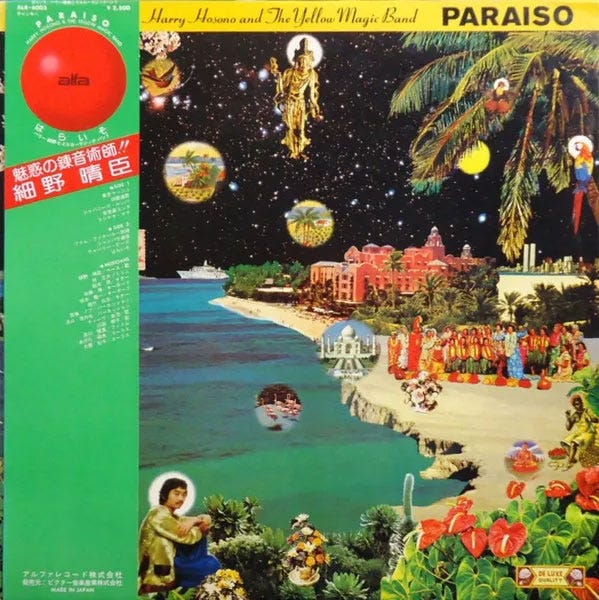
Other examples of album art influencing and emphasizing our everyday design can be seen in covers like The Beatle’s Abbey Road. The iconic photograph elevated the zebra crosswalk, a simple yet complex civil design that had only been installed 20 years earlier in 1951. And the photograph on the Ramone’s self-titled debut LP set the fashion uniform of jeans and a leather jacket for all aspiring punks. The thinnest threads of pop culture legacy can be found in the daily mundane.
When not designing, you can still find Aron in his 80s time machine, tinkering with his synth collection. His first synth was a Juno 60, which he bought eight or nine years ago. The collection has since grown to ten or twelve (he’s lost track) and is split between his studio and apartment. Next up for Aron? Possibly engineering his own synth.

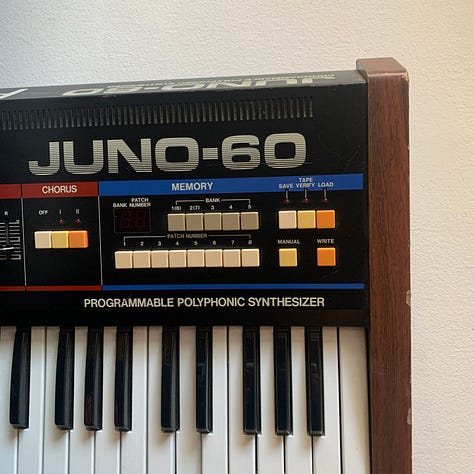
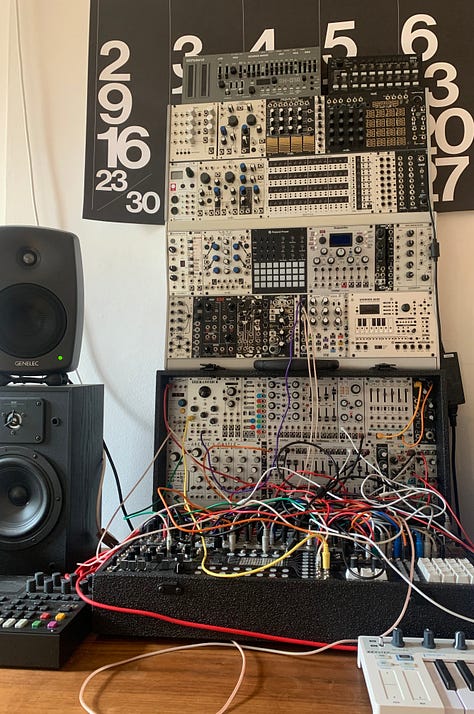
Find more of the covers that influence Aron’s work and his everyday below:
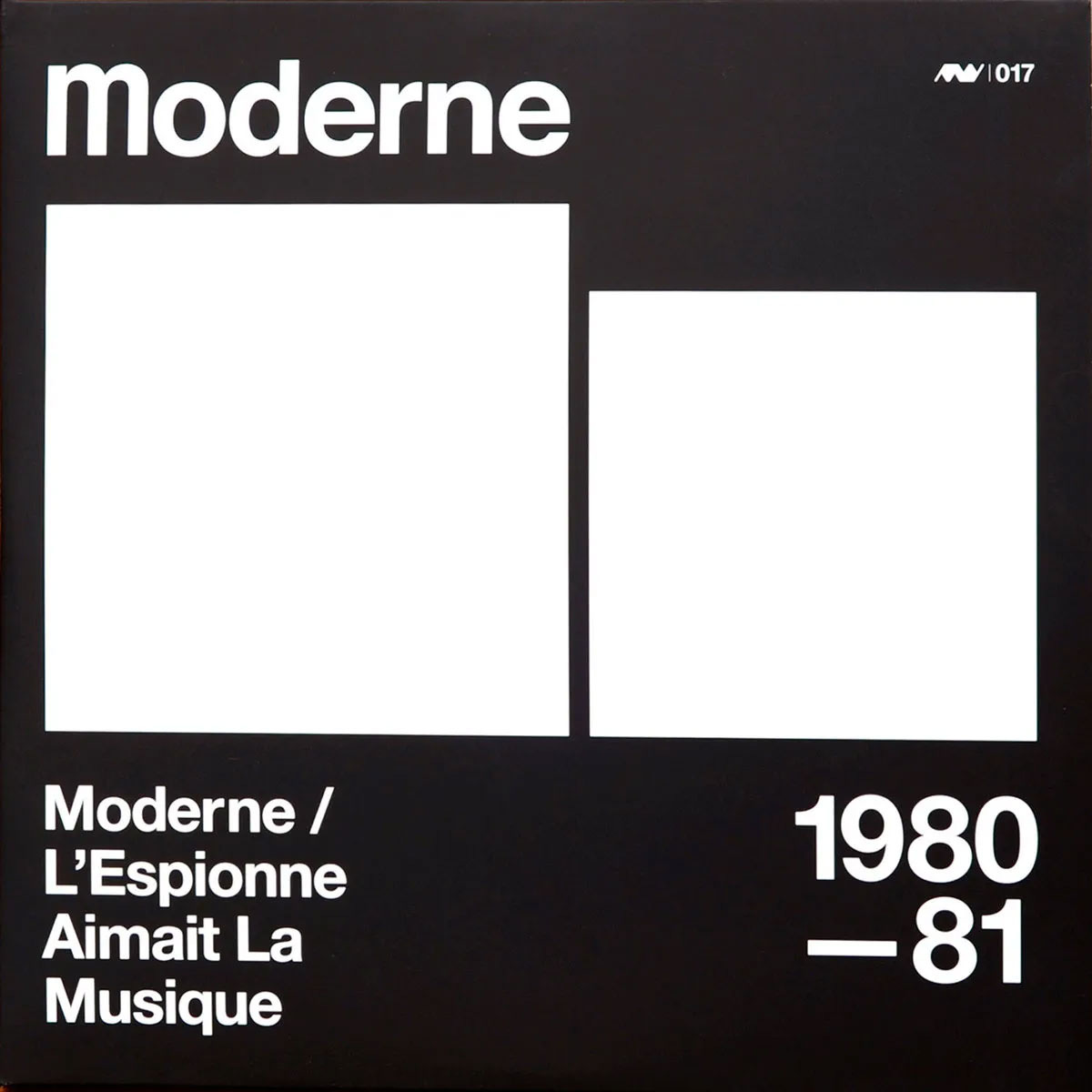
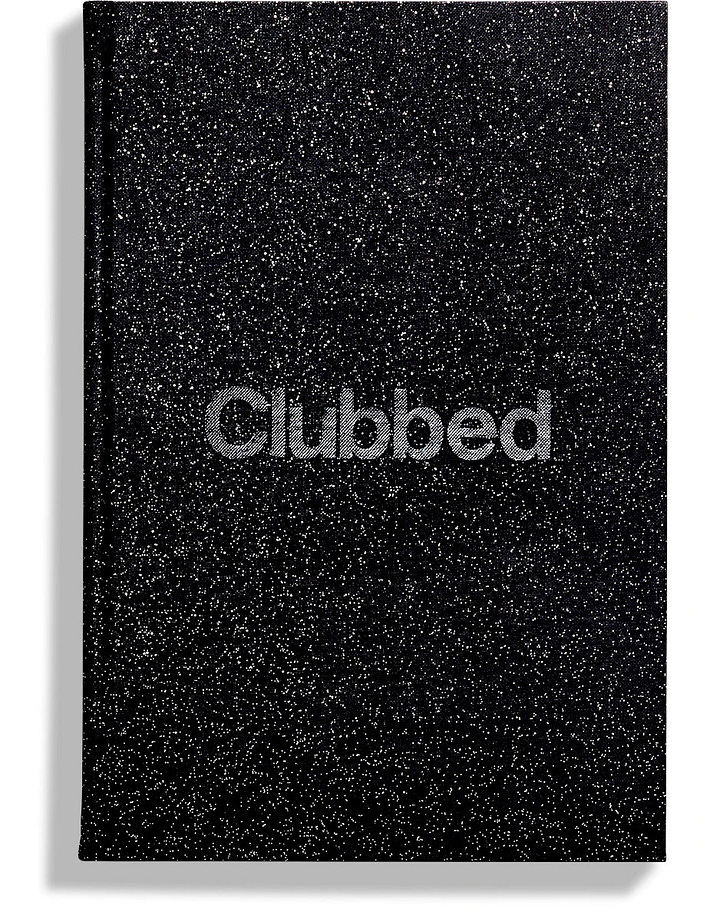
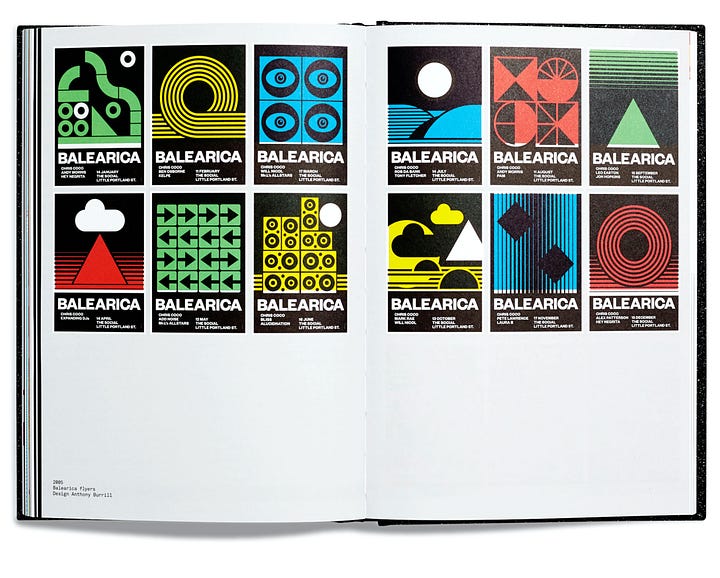
Art of Cover Art is a free educational and inspirational resource. If you have $5/ month to spare, it would be very helpful in furthering my research. Or, if you think a friend might enjoy this newsletter, the best way to pay it forward is by sharing!

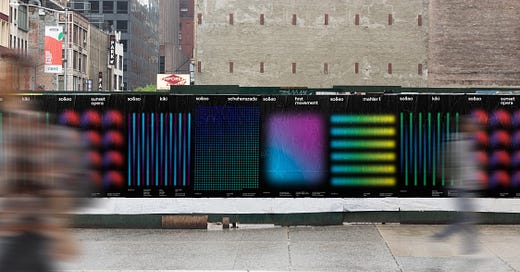


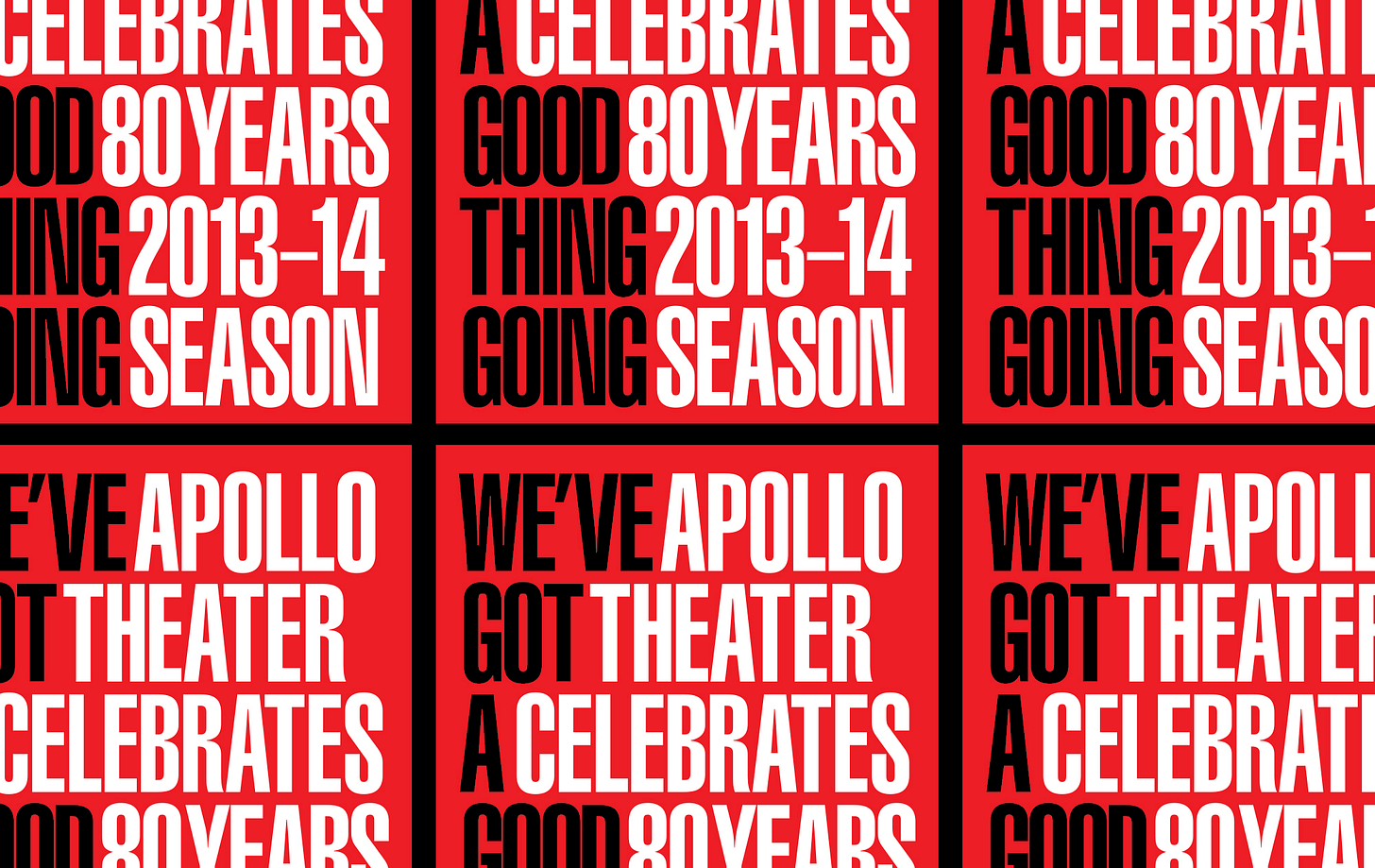

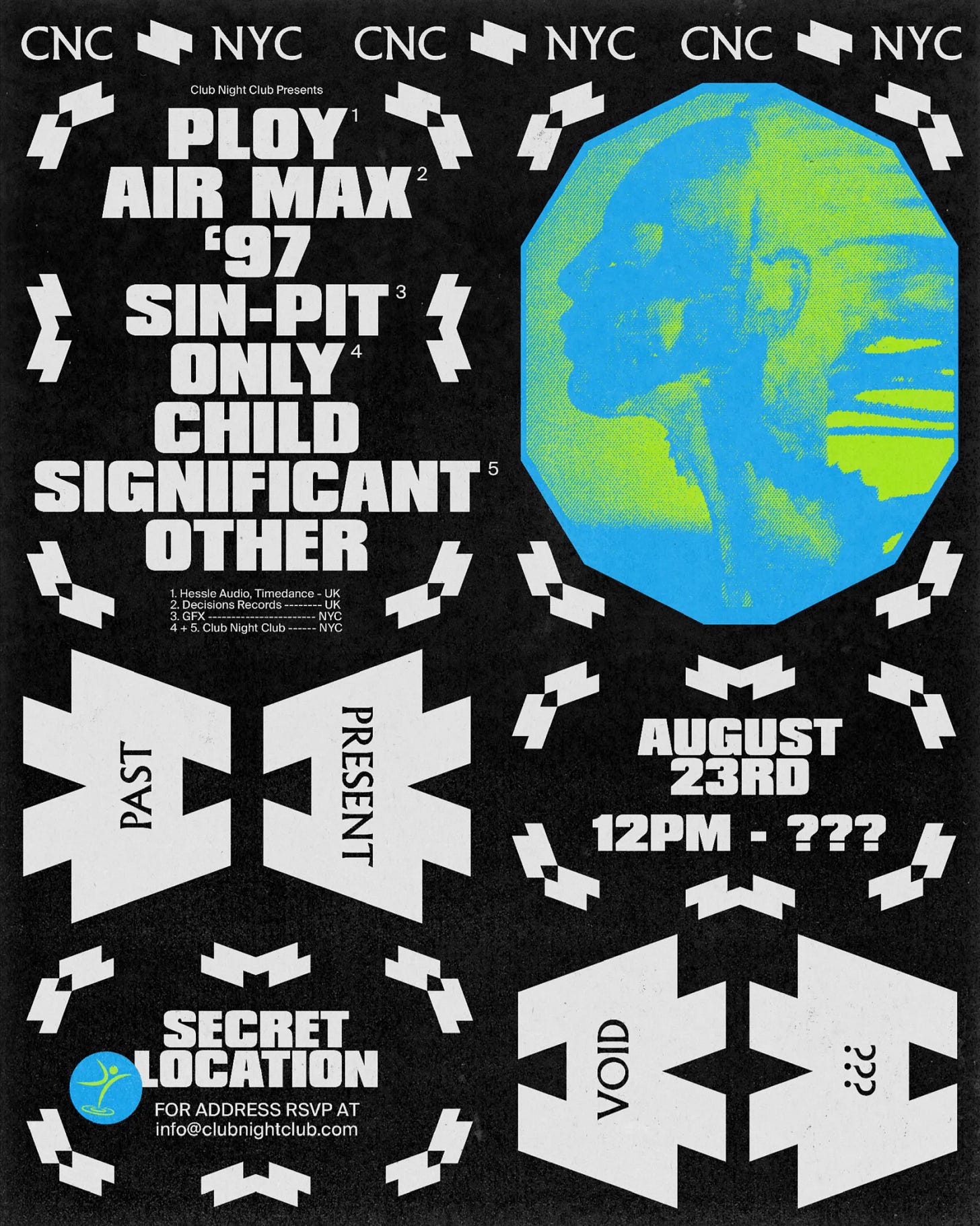
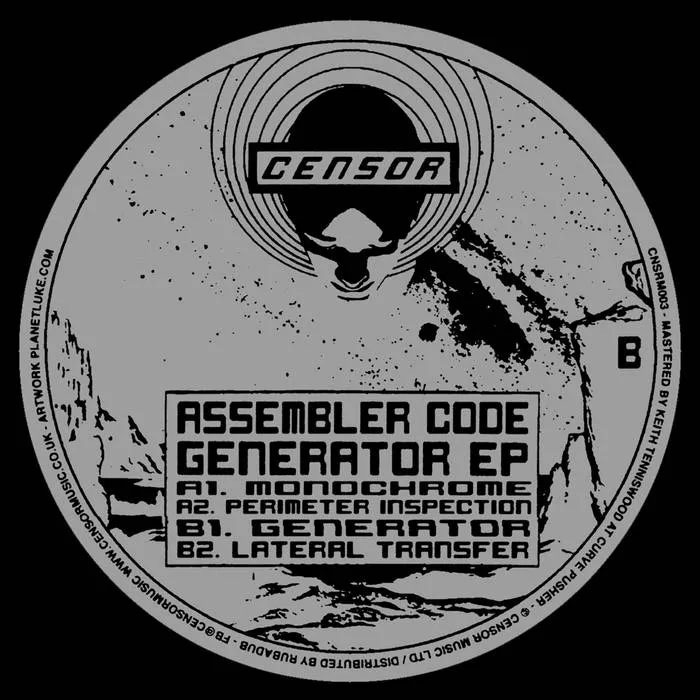
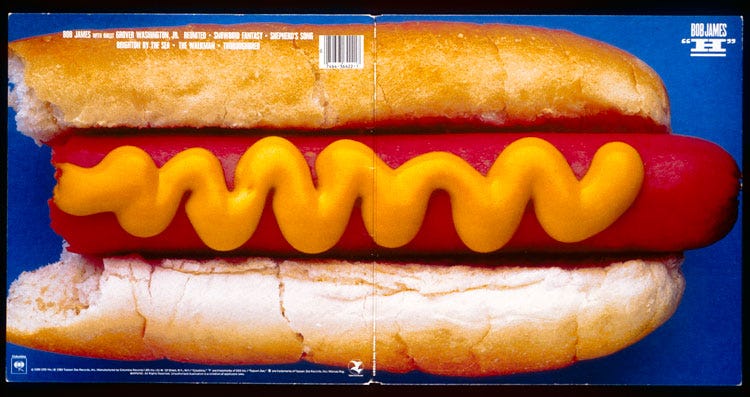
Great piece! I didn’t know that the zebra crossing was still quite “new” and innovative when Abbey Road came out. Goes to show the power and “pull” of vinyl not just as a medium to record music, but as a cultural statement and an icon in its own right.
The zebra crossing “a simple yet complex civil design”? Simple & complex , negate each other. Sorry but this sounds like pretentious “ art speak” . A zebra crossing is a series of wide parallel white lines .... Simple, not complex.